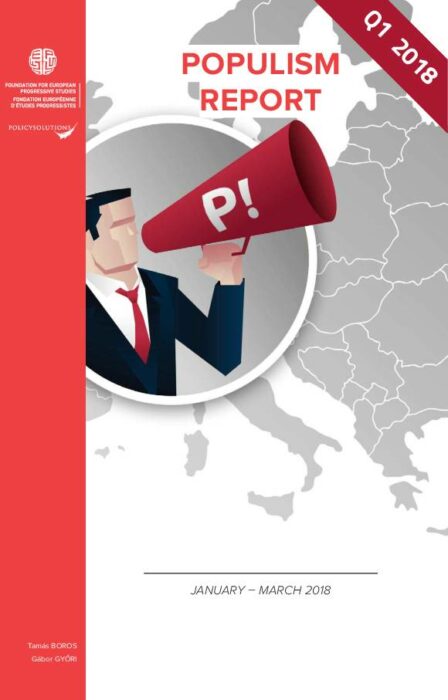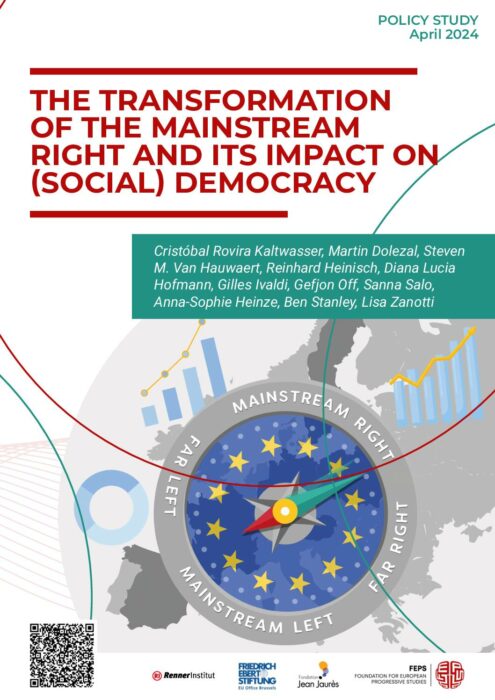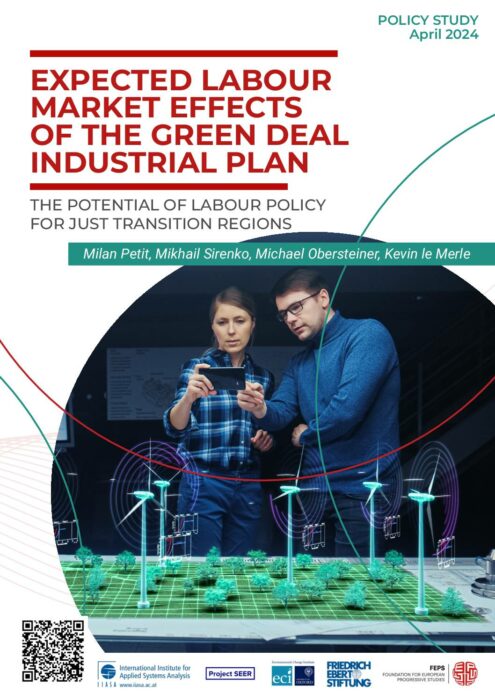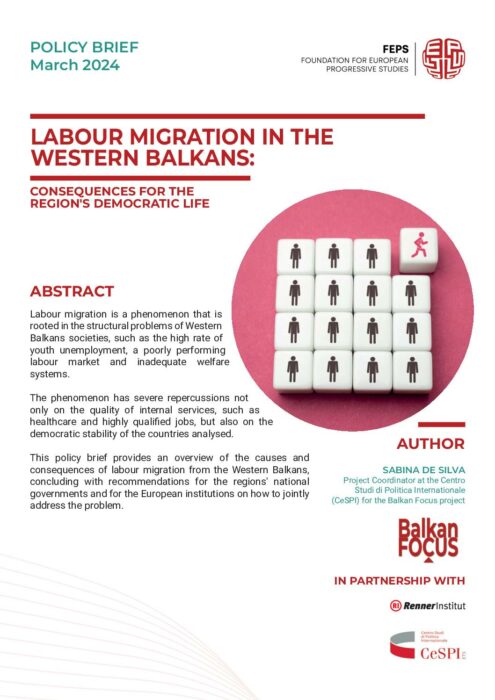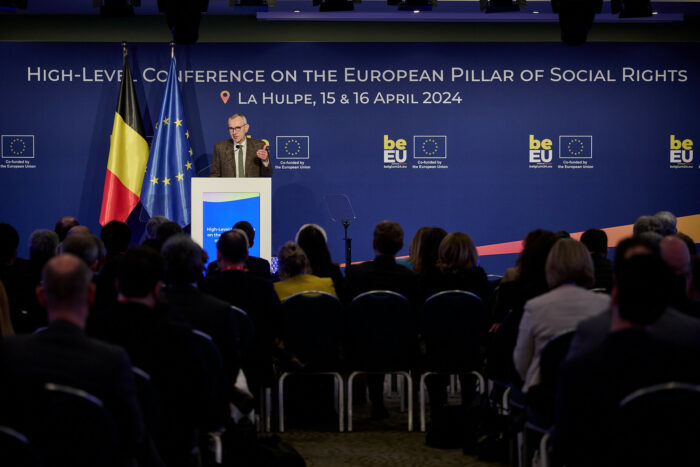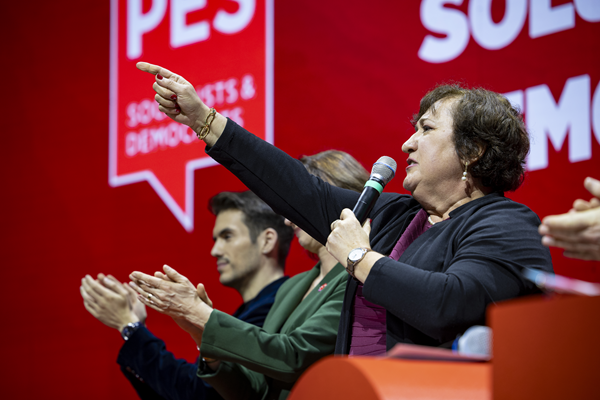Find all related publications
Publications
Find all related news
News
Find all related in the media
In the media
Veinte años del ‘big bang europeo’, el espejo en el que se mira la próxima gran ampliación hacia el Este
by El País 02/05/2024



